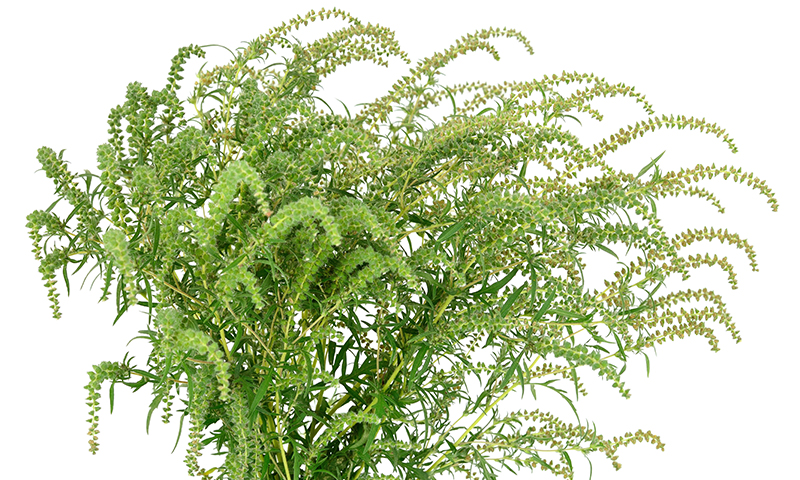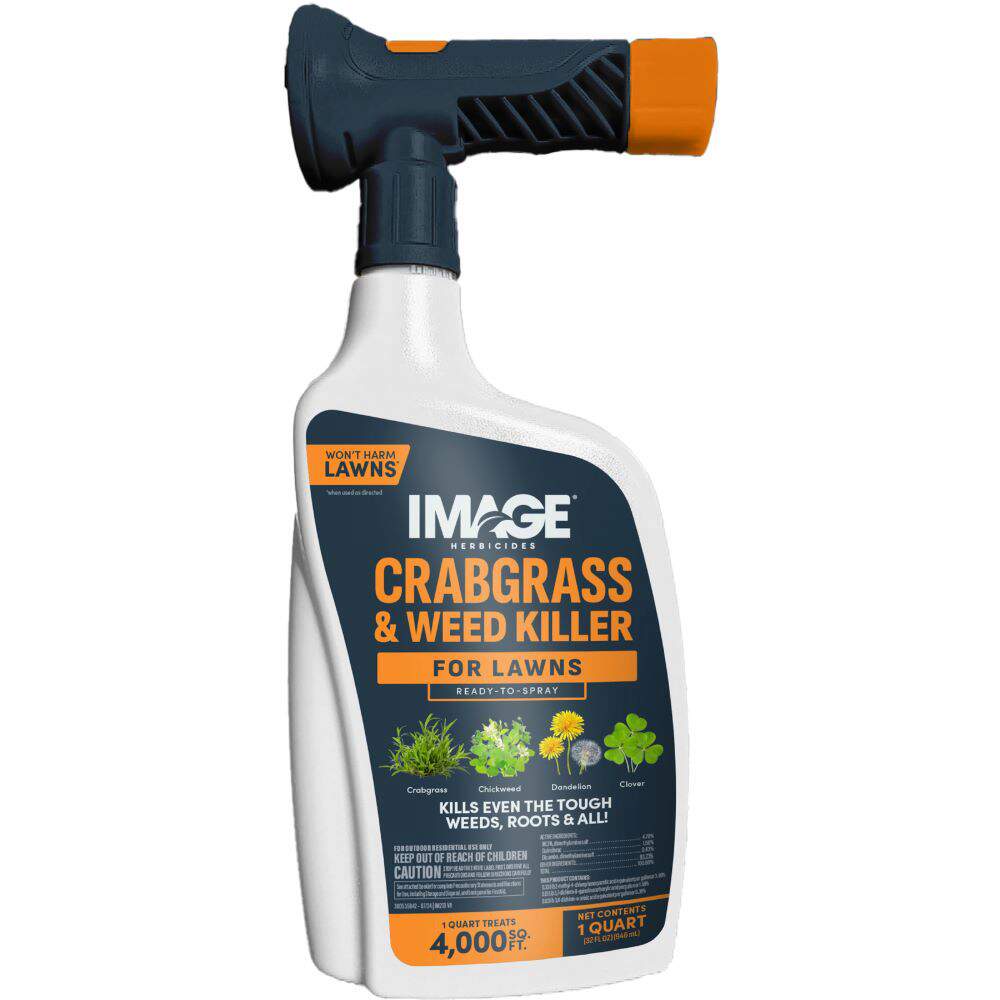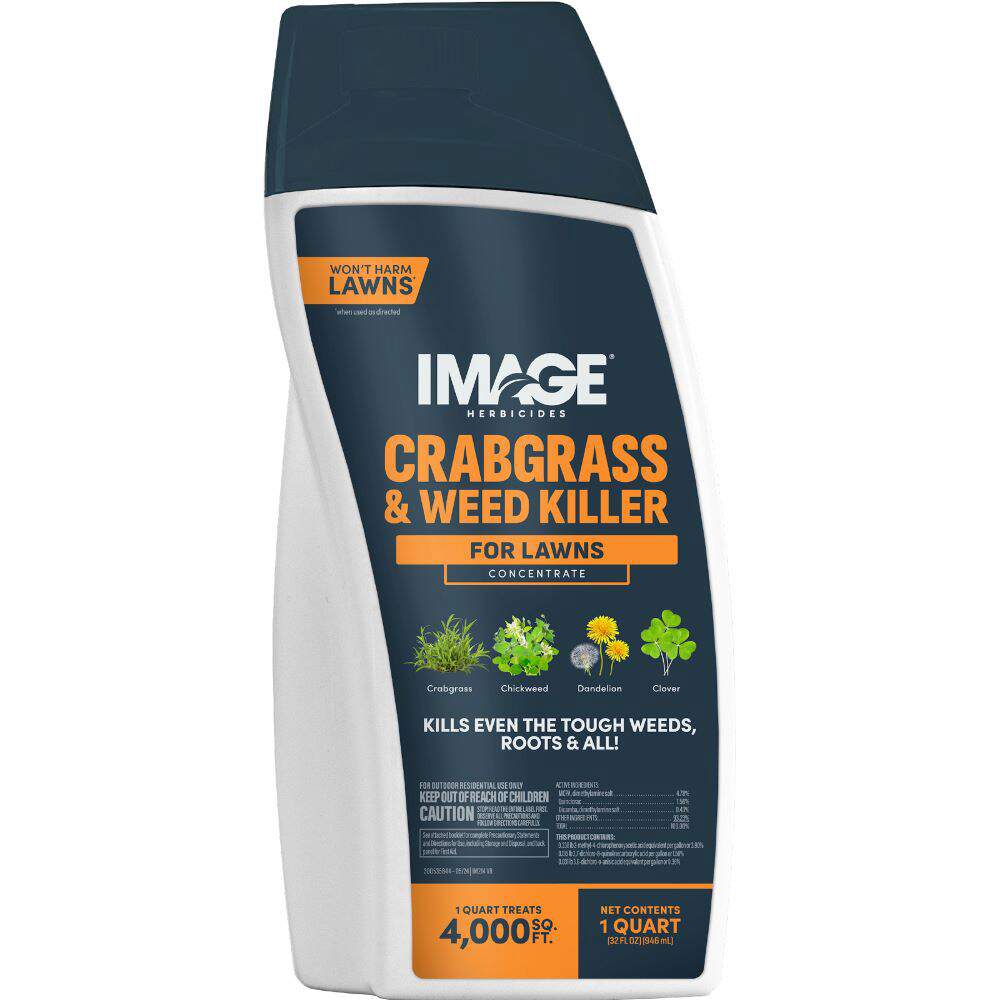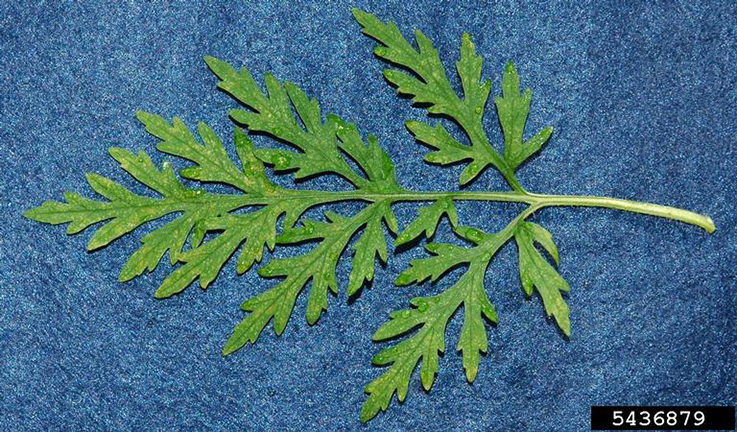HOW TO IDENTIFY RAGWEED
Ragweed is a troublesome weed that's a leading cause of seasonal allergies. And it's no surprise. Each plant's pollen grains can be carried on the wind as far as 400 miles away.
This prolific plant is easy to identify thanks to its distinct, raggedy leaves that are fern-like in appearance. These hairy, dark green leaves are divided into narrow segments that are pinnately (feather-like) lobed two to three times.
While it usually grows 1 to 3 feet tall, ragweed can occasionally reach 4 to 6 feet in height. (Plants that resemble common ragweed but are taller than 6 feet are typically the related giant ragweed.)
Ragweed's stems are hairy and green or pinkish-green. It has separate male and female flowers, with the male flowers found at the top of the stems, while the female flowers grow in the joints between the upper leaves and the stems. The yellow-green male flowers don't have petals. Instead, they're shaped like tiny bells grouped into clusters, drooping down at the tops of the stalks and releasing pollen.
The plant has small brown burrs that stick to fur or clothing, and each burr holds one seed.
There are about 17 ragweed species that grow in North America, but common ragweed is the most "common." It may be mistaken for mayweed chamomile, which also has fern-like leaves, but the mayweed's flowers resemble daisies.
WHERE AND WHY RAGWEED GROWS
Ragweed is a widespread, annual plant that can be found throughout the United States. It typically grows in sunny, dry areas that have recently been disturbed, like crop fields, gardens, ditches, river banks and roadsides. Seeds can remain dormant and viable for more than 20 years.
Ragweed can be found in a variety of soils, like clay, sand and rock. This hardy plant is quite drought-tolerant. It has a shallow tap root, and mature plants produce an extensive fibrous root system.
HOW TO CONTROL RAGWEED
Before treating ragweed or any other weeds, check the product label closely to verify it's safe for your lawn's specific type of grass. Certain grasses can be sensitive to herbicide types, so double-check the labels before using any herbicide product. And remember, herbicides should only be applied to mature, established lawns, never on newly seeded areas.
Image Herbicides offer highly effective liquid products to kill or control ragweed:
- Image Herbicides Crabgrass & Weed Killer for Lawns Ready-to-Spray is a water-based, three-in-one formula that kills troublesome weeds all the way to the root. Just attach it to a garden hose, and it mixes the product for you. This selective post-emergent herbicide starts working immediately and can be used on listed southern and northern turfgrasses. Avoid using it on St. Augustinegrass or Centipedegrass.
- Image Herbicides Crabgrass & Weed Killer for Lawns Concentrate is a three-in-one water-based formula that kills tough weeds all the way to their roots with just one easy step. It's designed for use with a pump-style sprayer and starts working immediately on listed major, troublesome weeds. This concentrate is ideal for large areas or spot treatments and can be used on southern and northern turfgrasses. Avoid using it on St. Augustinegrass or Centipedegrass.
Ragweed Control Tip: For small areas, cutting the plant near the roots before August (when pollination begins) can help reduce future growth. But herbicides are a much better solution for larger areas and longer-term prevention.
Always read product labels thoroughly and follow instructions, including guidelines for lawn grasses, frequency of applications and seasonal maximums that may apply.
RAGWEED GALLERY

Ragweed Patch with Drooping Flowers with Pollen

Ragweed Seeds Close-up

Ragweed Flower Close-Up

Ragweed Flower Extreme Close-up

Ragweed Full Length with Stem






